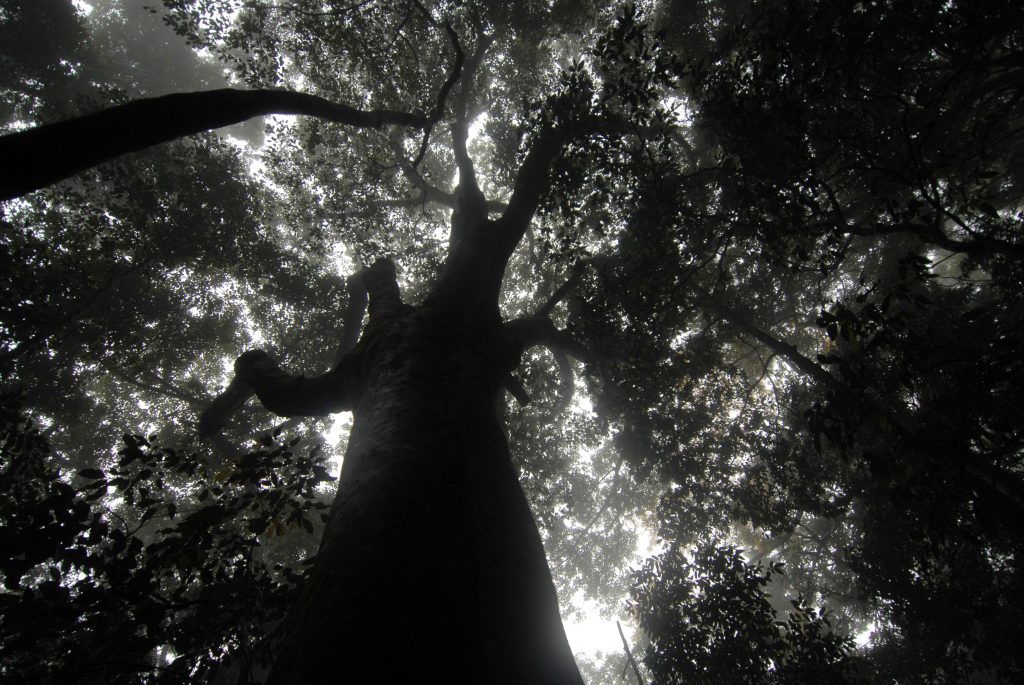
Western Ghats
Older than the Himalayas, the Western Ghats is an escarpment which runs parallel to the West coast of India over a distance of 1600 km. The Western Ghats supports high species diversity and endemism, and is recognized as a global biodiversity hotspot. The forests of the regioninclude some of the best representatives of tropical evergreen and montane forests. Large populations of elephants and tigers occupy this landscape, and it also contains numerous endemic genera and species of fish (> 40% endemics), amphibians(> 80% endemics),and reptiles (> 65% endemics). It is also one of the most densely populated biodiversity hotspots in the world. Increasing fragmentation of forests is a major threat to the landscape, with consequences for both wildlife and humans, with many forms of conflict.
The Nilgiri Biosphere Reserve, located centrally in the Western Ghats, includes a rainfall gradient, an elevational gradient, and a matrix of land use types and forest types (including tropical dry thorn forest, dry deciduous forest, moist deciduous forest, semi-evergreen and evergreen forest, montane grassland, and stunted montane evergreen forest). This landscape has been the location of at least 30 years of previous long-term research on numerous taxa including plants, which are being monitored in permanent vegetation plots. Alongside the existing long-term sites in the Mudumalai forests, adjacent sites will be incorporated to cover additional representative forest types of the Nilgiri eco-region.
